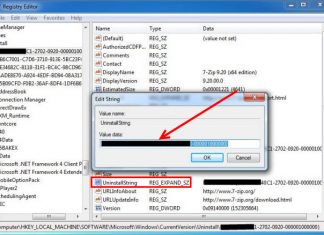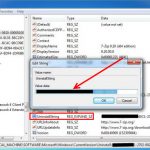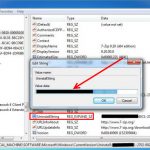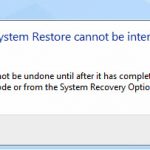1. Establish Security Policies
Establishing security policies within the workplace is essential to ensure that sensitive data and communications remain secure. Security policies should cover such areas as data and network security, physical security, secure communications, authentication and authorization, and employee access levels, among other important topics.

Your policy should be regularly reviewed and updated to cover any changes in technology or staff requirements, such as changes in working hours or job roles. All staff members must be informed of the policy so that they are aware of the measures that have been put in place to protect your data and systems. You should also provide guidelines for using public Wi-Fi hotspots or using cloud storage services securely.
User authentication should include methods such as passwords or biometric signatures, which are typically required for logins or transactions requiring authorization. Passwords should be complex and require a combination of upper- and lower-case letters, numbers, and symbols in order to protect accounts from malicious users.
Multifactor authentication adds an additional layer of security by requiring users to verify their identity with more than one type of credentials, such as a password, biometric signature, or text message sent via SMS codes.
2. Use Protection Software
The use of protection software can ensure that all your business communications are secure and safe. These apps add an extra layer of security to your communications, allowing you to keep sensitive information safe from hackers and other cybercriminals.
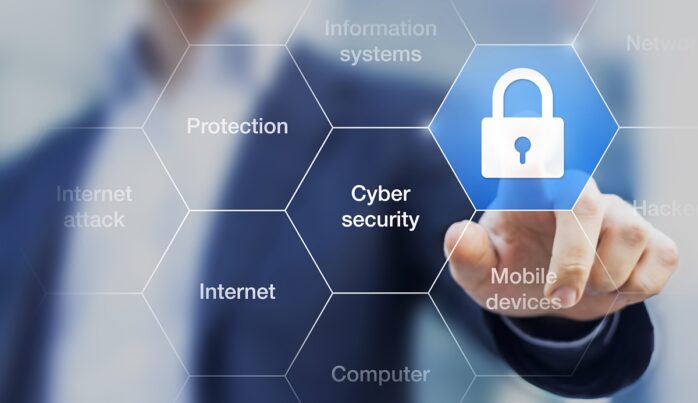
Protection software like ANWORK help keeps your data secure by encrypting all the data passing through them. This ensures that even if someone gets their hands on your data, they will be unable to decipher it.
They also enable businesses to store, manage, and protect passwords securely across multiple people and platforms without exposing them to unauthorized personnel or potential hackers. This also enables staff members who do not have access rights to certain systems or applications to gain access without endangering the entire network’s security.
3. Implement firewalls and intrusion detection systems
Data security is essential for any business, and implementing the right tools and protocols can help protect all your communications. Firewalls and intrusion detection systems are a great way to safeguard your network and data from different types of threats.
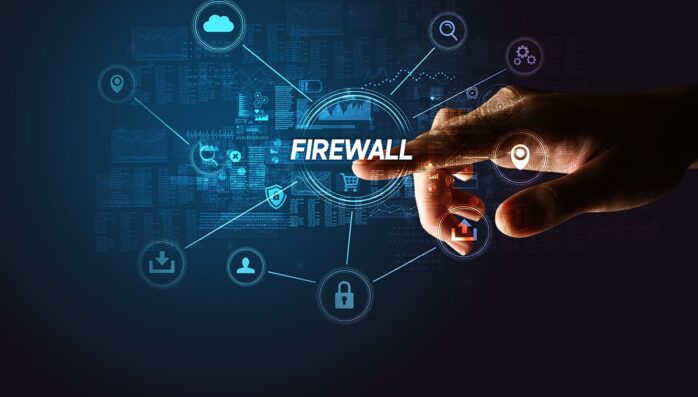
A firewall is a protective system designed to control access to and from the Internet, blocking unwanted traffic while allowing approved connections through. It also acts as an intruder detection system to detect suspicious activities within your networks, such as port scans or other malicious activity. Intrusion detection systems are designed specifically to detect malicious activity on networks by analyzing incoming data traffic for potential security threats.
4. Use encryption for all data transmissions
Encryption is used in data-in-transit to protect the confidentiality of communications, including email messages and files stored in servers and clouds. Encryption is also used to prevent the interception of file transfers across networks.

Clients can use encryption protocols such as SSL or TLS to secure communications with their servers, which helps protect against man-in-the-middle attacks. Likewise, you should use authentication checks and utilize firewalls for added security on your server side.
5. Anti-virus software
Using updated anti-virus software is essential for protecting yourself from threats like malware and viruses, which can damage your computer or mobile device and steal confidential information. There are a few tips that should be followed to ensure maximum security.
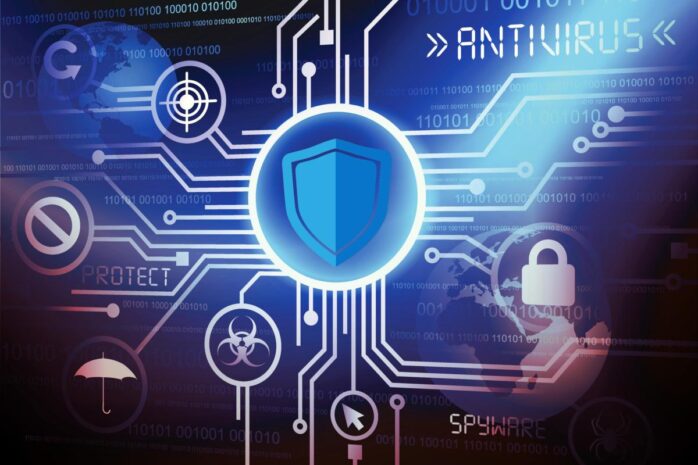
Download reputable anti-virus software and perform regular scans on all of your devices. This will allow you to quickly detect any suspicious activity and remove any potential threats.
Additionally, be sure to update your anti-virus software regularly. As new threats arise, it’s important to stay up to date with the latest version so that you are protected against the most recent viruses and malware.
6. Two-factor authentication
Two-factor authentication, also known as 2FA, adds an additional layer of security to any account’s login process. It requires users to provide two separate pieces of evidence (such as a password and a verification code sent via text message) before successfully logging in. Two-factor authentication helps guarantee that the person logging in is authorized and prevents hackers from gaining access.
Every business should enable two-factor authentication for all employee logins, both on the premises and remotely. Doing so will help protect access to critical business systems such as customer relationship management tools, financial apps, and networks.
7. Encrypted email services
The use of an encrypted email service is one of the most important steps you can take when protecting your business communications. Encryption works by scrambling the contents of messages and responding to incoming emails using a decoder to decipher them. The key to making encryption not only effective but also convenient is using a dedicated email service that offers this encrypted protection automatically.

This type of encryption prevents recipients from intercepting emails as they are sent across networks and what’s even more advantageous is that this same level of secured communication can be used for large-scale deployments, such as sending out mass mailings or newsletters in an encrypted format. It also allows for authentication, which helps keep track of who sent out the transmission, thus providing extra safety measures.
8. Monitor all traffic for suspicious activity
Keeping an eye on all the network traffic that is coming in and out of your network can help you spot suspicious activity in real time. You should look for patterns or anomalies that may indicate a potential attack or breach. It’s a good idea to configure Multiple Network Intrusion Detection Systems (NIDS) devices to monitor all the traffic going into and out of your network.

Using NIDS, you can also block any outbound malicious communications by blocking certain ports, IP addresses, applications, etc. This will help prevent attackers from sending out data from your network or attempting access from outside sources.
In addition to monitoring, you should also have a plan for responding quickly in the event that suspicious activity is spotted on your network.
Conclusion
As an entrepreneur, it is essential that you take steps to protect your business communications. Cybercrime is on the rise, and there are many ways for criminals to intercept and misuse your information.
In this article, we have outlined a few security tips that will help you safeguard your sensitive data. By following these tips, you can reduce the risk of cybercrime affecting your business.





